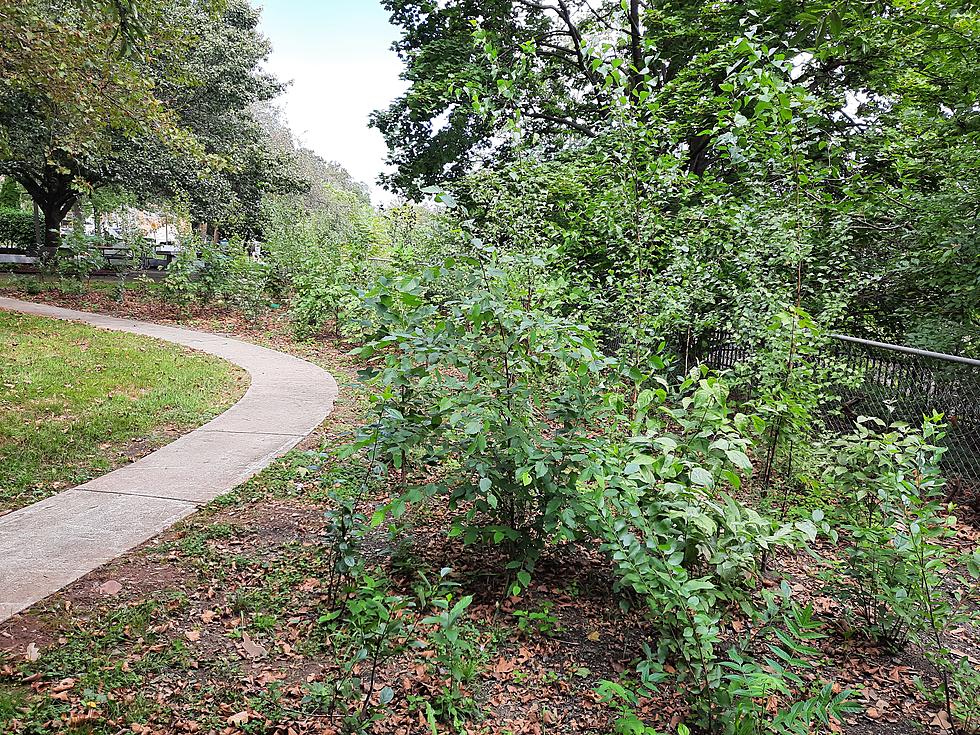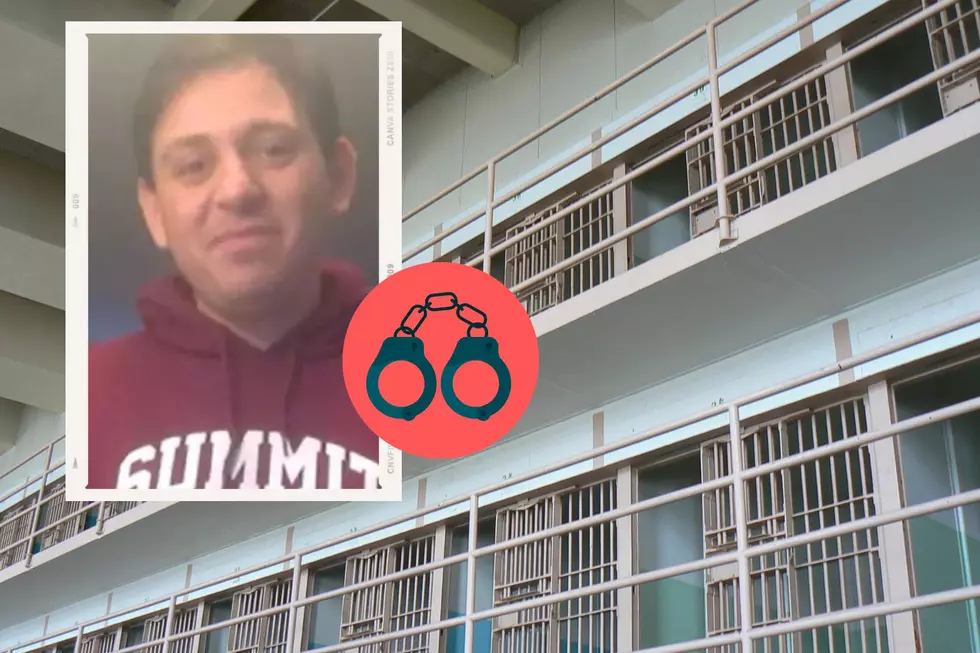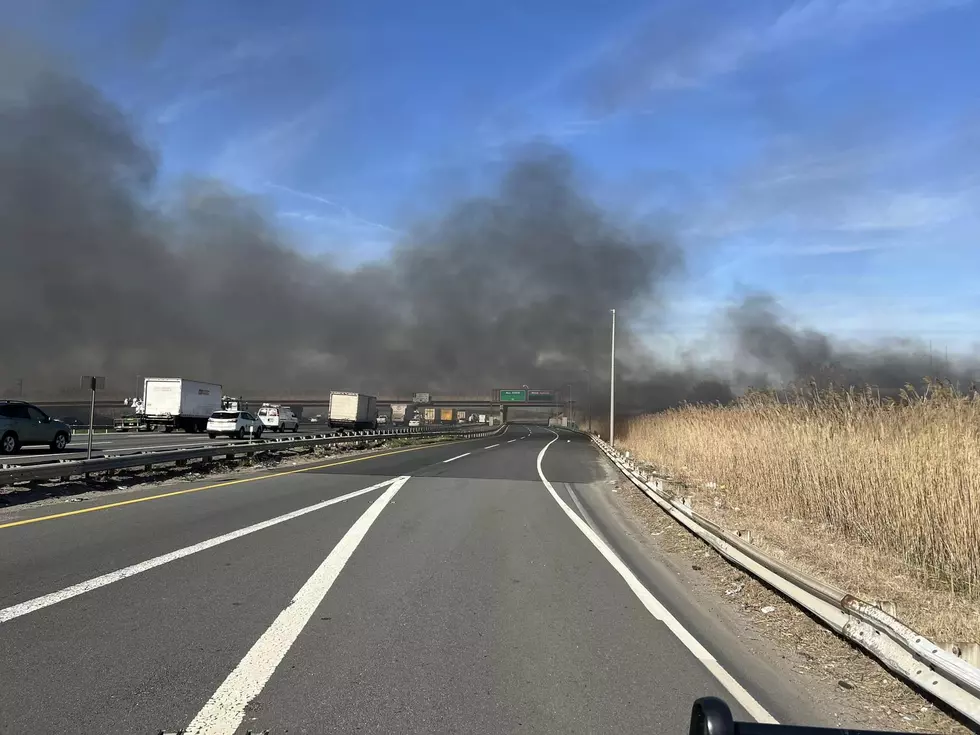
Microforests in NJ: Turning Developed Urban Spaces Back to Green
ELIZABETH — To help bring new environmental and public health benefits to this Union County city, three microforests have been planted.
What is a microforest?
The concept of a microforest was first developed in the 1970s by a Japanese botanist named Akira Miyawaki, and it is now catching on in the U.S., said Jonathan Phillips, executive director of Groundwork Elizabeth.
A microforest is an innovative and effective method of tree planting and it increases carbon mitigation in urban areas like Elizabeth, said Phillips. With New Jersey being the most densely populated state in the nation, it has many urban areas, where microforests could be beneficial, he said.
The principle behind a microforest is to use species of trees in a very small area to work together to create a diverse multi-layered forest community.
“When we plant trees in a small spot, it can be as small as two parking spaces, it’s not just putting trees in the ground. It’s actually creating a microforest with the nutrients and the type of soil that’s needed to make sure these trees, bushes, and grasses, all thrive,” Phillips said.
What are the benefits of a microforest?
Microforests deliver exceptional air quality, help catch carbon and create oxygen in its wake, help reduce flooding by acting as barriers to stormwater runoff, help lower temperatures, especially during the scorching summer months, and have many good green benefits for people who use them. With the green space around them, people in the community tend to benefit both emotionally and psychologically, Phillips said.
Why is Elizabeth a good place for microforests?
Just putting a small microforest on a small plot of land, helps clean the air, reduce flooding and cools the local environment, Phillips said.
Elizabeth is hotter than other New Jersey cities, especially in the summertime because of the sidewalks and buildings.
Where are the three microforests located?
One is located behind the Elmora Library on West Grant Street which was funded by the Kellogg Family. Two other microforests are located in Elizabeth Housing Authority sites.
One just kicked off at John F. Kennedy Arms on Westfield Avenue. The third is being built on Salem Avenue at the O’Donnell Dempsey housing area.
How many trees are in a typical microforest?
In a typical microforest, about 125 to 150 trees are planted.
Some species planted include tulip trees, oak trees, maple trees, Kentucky coffee trees, and plants like blueberry bushes, strawberries, and serviceberries. They help attract native wildlife, Phillips said.
“The idea is that if these plants are going to compete with each other, then they are going to be forced to grow faster. A microforest will grow eight times faster than a regular forest. The benefits of a microforest in 10 years are equal to a regular forest in 30 to 40 years,” Phillips said.
Is there interest in more microforests in Elizabeth?
Yes. Phillips said not only has there been a lot of interest for more microforests from the public sector like the housing authority, but private sectors like banks and refineries have also expressed interest.
He said people are starting to realize that the climate is in trouble and they want to do something about it.
Anyone can help plant trees, shrubs, and bushes to help create a microforest in Elizabeth. If people want to learn more, they can visit the Groundwork Elizabeth website.
Groundwork Elizabeth has a youth group called The Green Team and The Mayor’s Youth Council. The 15 to 24-year-olds do all the planting.
Windfarm projects proposed for NJ coast — and what they might look like
Gallery Credit: New Jersey 101.5
More From WPG Talk Radio 95.5 FM










